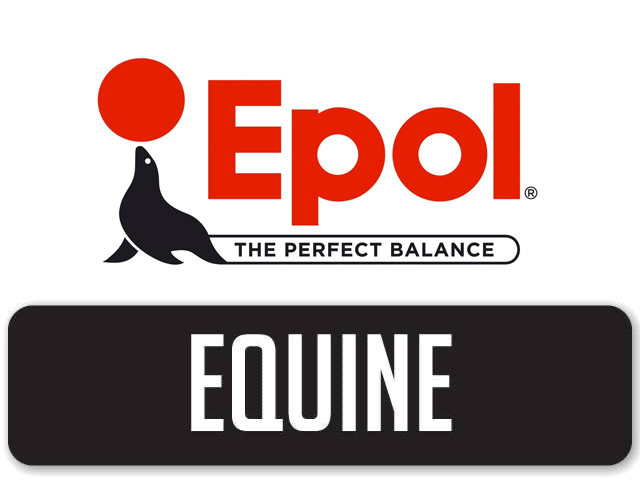If you’re like me, reading the label on your feed bag isn’t the first priority when buying feed. It’s what you’ve always bought, and the horses look fine on it so that’s what matters, right? However taking time to read the label can provide you with some information to help confirm if the feed you use is suitable.
Labels in South Africa by law don’t actually have to contain much information, so you will need to ask the individual manufacturer some questions, in order to get a full picture. The label is not the be all and end all. So what do the different sections generally seen on a feed label mean?
The product’s name —this is not always going to tell you much but generally it will let you know what class of horse it’s aimed at – i.e. competition mix or a stud cube. * A purpose statement — this statement will describe the species and the class of animal for which it is intended (breeding, hard work, growth). Again, this is there to help the buyer make the best choice. It also allows you to see if your horses’ workload matches that of the feed. I.e. if your horse is young and in hard work then “A maintenance meal designed for adult horses in little to no work” is not going to be suitable.
The feed format — for example, pellet, or meal.
An ingredient list —By law this list doesn’t actually have to appear on the label, however most reputable manufacturers will include the ingredients that go into a feed. Sometimes this can be vague. One reason for this is some feed formulas are designed to be variable, so that one ingredient (providing similar nutrition) can be substituted for another as prices fluctuate. The second is that manufacturers prefer not to divulge the exact formula to avoid copying by competitors. So, instead of putting specific ingredients like oat hay, or Lucerne, you may see “Forage products” listed , instead of soybean meal, you might see “plant protein products”, instead of brewer’s yeast, or wheat bran, you might see “processed grain by-products.” However the ingredients should be listed by %, so ingredients used in larger amounts will appear at the start, and ingredients used in smaller amounts at the end. So a label that indicates “Forage products” first will be a higher fibre feed than those starting with “Grain” or “Grain by products” first.
Directions for use — this usually includes a guideline for feeding amounts, based on the weight and workload of the horse. These guidelines usually are calculated so that, along with an appropriate amount of forage (grazing and/or hay), the feed will provide complete nutrition when fed at the recommended amounts.
This section can also give you an indication of the amount of nutrients included. So if a feed manufacturer recommends 5kg per day and another recommends only 3kg per day then the later is likely to have a slightly higher level of nutrients per kg, meaning less feed is needed to cover the horses needs. This in itself can help you gauge how economical a feed really is. Yes, the bag may cost R200 (a) vs R270 (b) but if you need to feed 5kg of (a) per day then you’re spending R25 per day vs R20.25 if you feed 3kg of (b). What people often don’t realize, is that the product will only do what it says if you feed it according to the directions. Feeding reduced quantities reduces the amount of nutrition provided, where as overfeeding can have serious consequences for your horse. Also adding in extras such as oats, or bran can affect the balance of your feed; therefore you may not get the results the manufacturer intended. Try to stick to the directions as much as possible–they are there for a reason. However contacting the manufacturer for a direct consultation on “YOUR” horse is always best.
The net weight of the feed — helpful when calculating your feed order.
The manufacturer’s name and address — so you can contact the manufacturer should questions or problems arise. However if you get no response or poor info, is it really the company for you?? Although it’s not required, most feed companies provide a date of manufacture somewhere on the bag or label. Be careful when interpreting this as most people confuse the date of manufacture with an expiration date, and assume the feed is out-of-date. The average pelleted feed, correctly stored, has a shelf-life of about six months, and a meal or fat-supplemented product (which is more prone to spoilage), about three months.
A Nutrient Analysis — In South Africa the only things that must be listed on a label are
- A minimum level of Crude Protein
- • A maximum moisture level
- • A minimum level of Crude Fat
- • A minimum and maximum level of Crude fibre
- • A minimum level of Phosphorus
Read Part 2 to find out more




